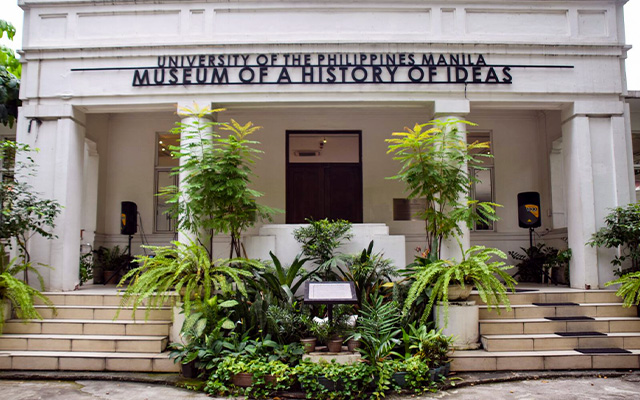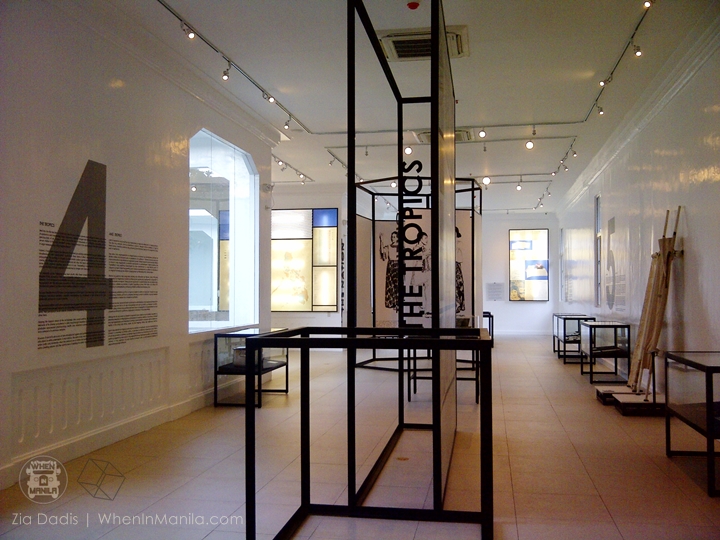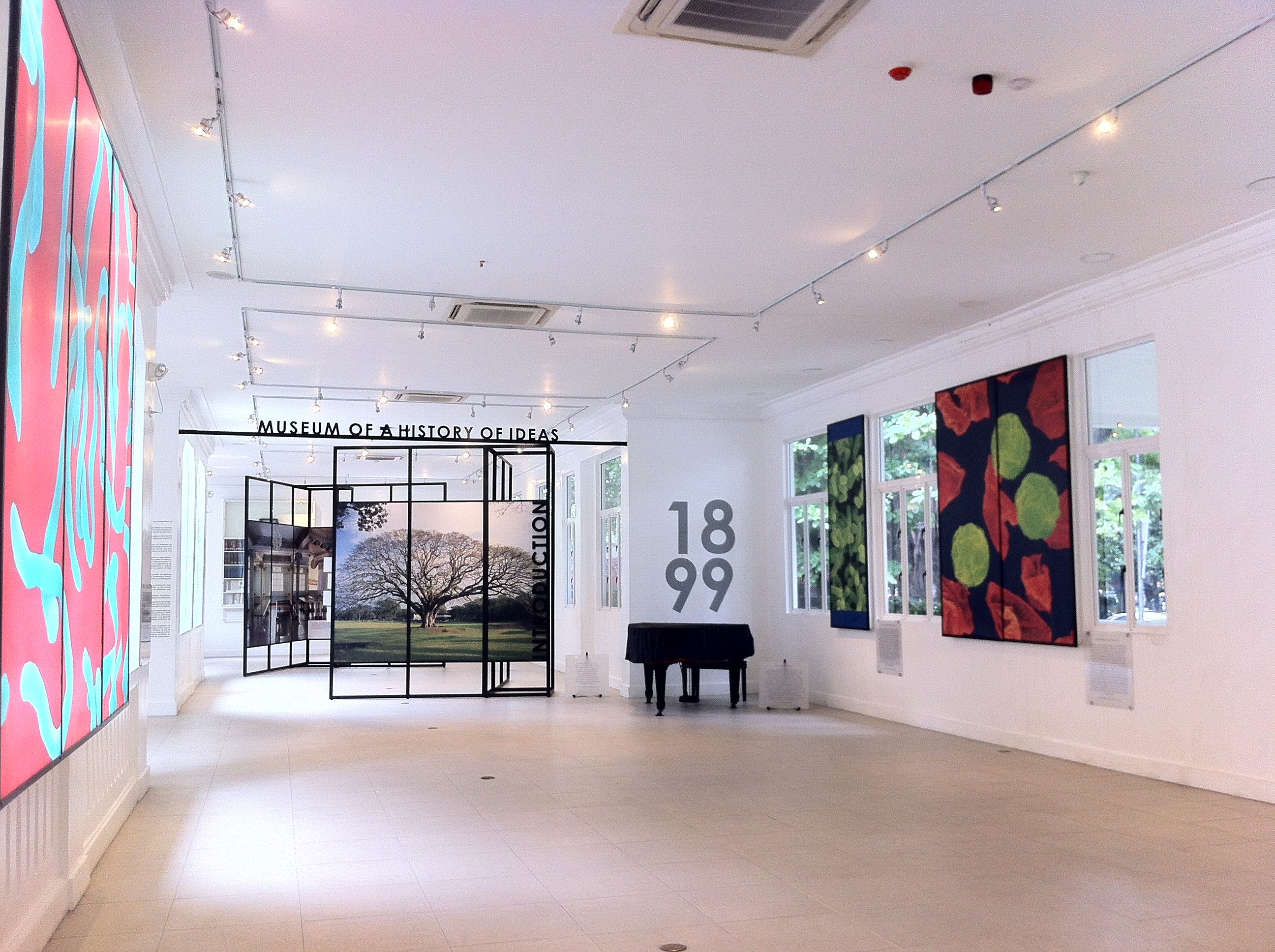The term “museum” typically evokes static exhibits—historical artifacts and hallowed masterpieces. Yet, the most profound and dynamic museum any of us will ever explore is the one we inhabit every single day: the human body itself. It stands as a breathtaking exhibition of nature’s most refined engineering, housing not just vital systems, but the very essence of human experience and consciousness—the soul.

Our physical structure is a biological masterpiece . From the intricate latticework of bones that provides our framework to the elaborate network of capillaries feeding every cell, the body is a testament to adaptive genius. This living museum holds countless artifacts, each serving a critical, interconnected role: The heart, the dedicated curator of this exhibit, tirelessly pumps life through the system, while the nervous system acts as the high-speed wire connecting our inner world to the external universe, translating light, sound, and sensation into coherent reality.
Every scar tells a visceral story of survival, every wrinkle maps a history of laughter and worry, and the very composition of our DNA holds the ancient, detailed script of our lineage. To truly appreciate the body is to recognize its profound resilience and adaptive genius—it is a constantly evolving exhibit that meticulously renews itself over a lifetime.
Beyond the Physical Exhibits: The Soul’s Sanctuary
The museum’s architecture, however, holds far more than just anatomy. Within its framework resides the soul—that beautiful, intangible collection of consciousness, emotion, and identity. This is the silent, essential wing of the museum, the sanctuary where inspiration is born and deep, spiritual connections are formed.

The soul acts as the transformative force, elevating simple perception into appreciation, transforming memory into narrative, and refining physical sensation into profound feeling. It is the part of the exhibit that yearns for deep connection, fuels creativity, and actively seeks meaning. Nourishing this vital, non-physical aspect of the museum is as critical as maintaining the physical structure. It demands quiet reflection, meaningful engagement with community, and regular exposure to experiences that elevate the spirit, be it through nature, art, or human kindness.
Curating a Life Well-Lived
To treat the self as a museum implies a sacred duty of care—a shift from mere existence to profound appreciation. This involves diligently providing the body with the highest quality nutrition and movement—the essential fuel and maintenance crew necessary for optimal function. Crucially, it also means curating the soul by consciously choosing the narratives we accept, the emotions we cultivate, and the positive influences we allow into our most private inner space.
In recognizing the self as a precious, living museum for both the body and the soul, we are encouraged to engage intimately with our own masterpiece, ensuring that the legacy we build is one of health, vitality, deep wisdom, and curated purpose.







